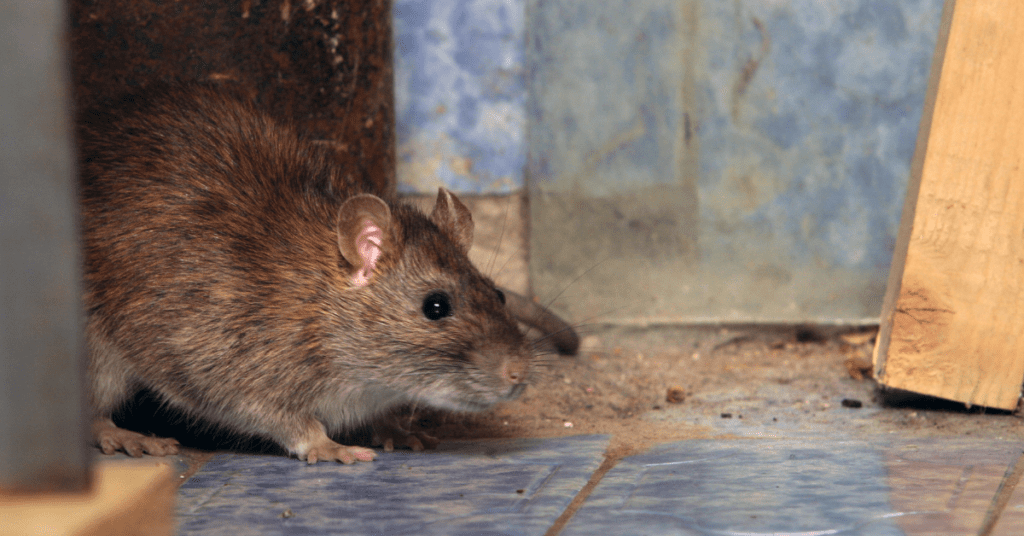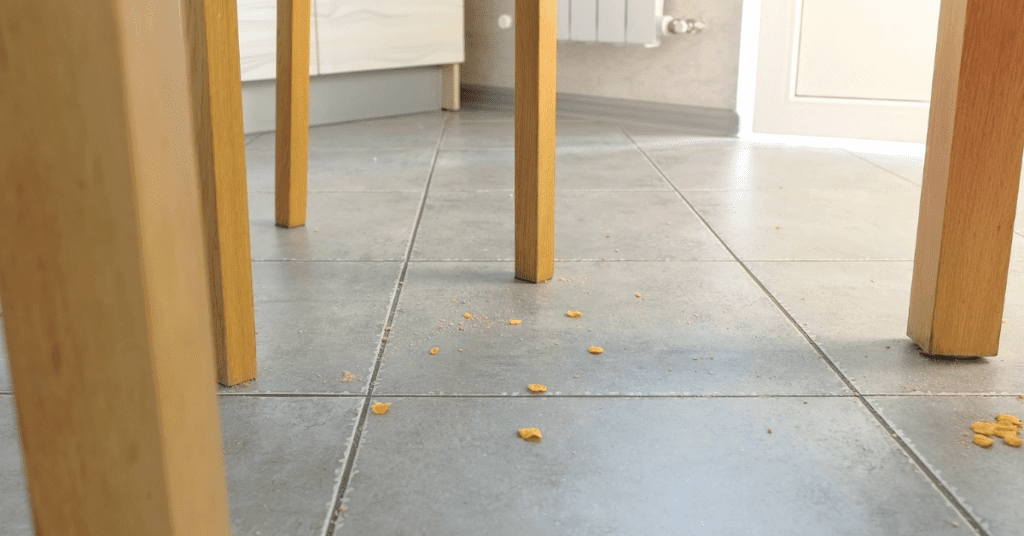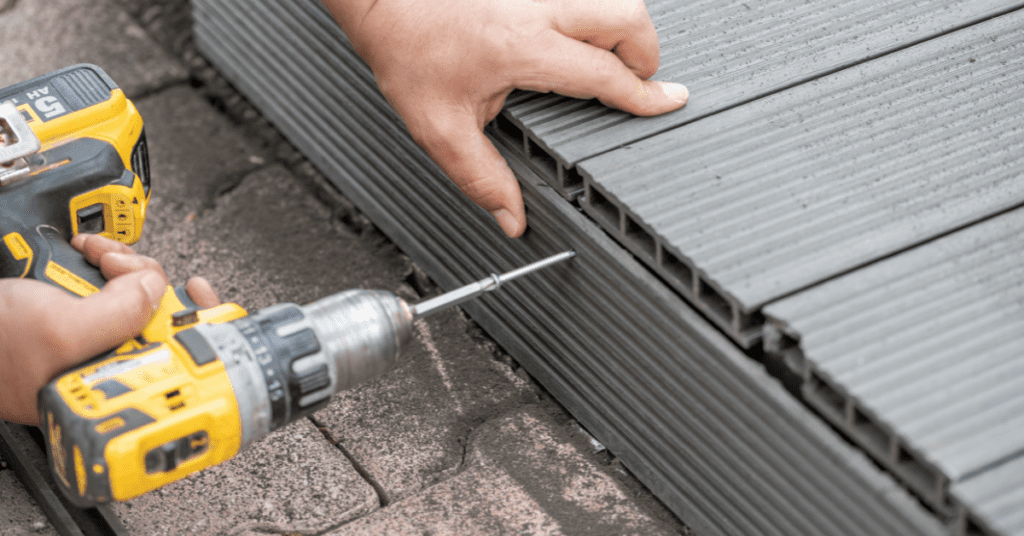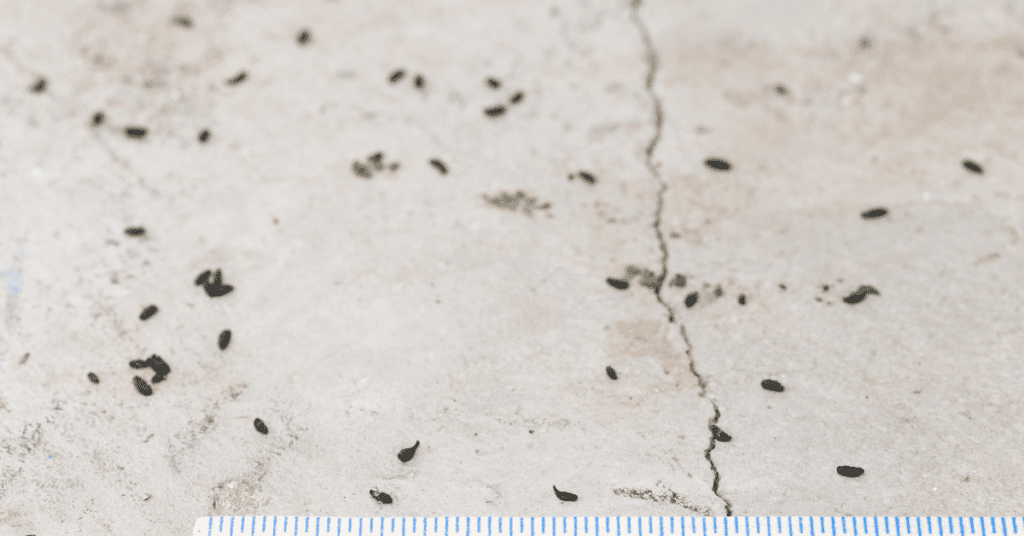Rodent-Proofing Your Home: Simple Steps to Keep Rats and Mice Out


Rodents such as rats and mice are common household pests that can wreak havoc on your home. They not only cause damage to your property but also pose health risks to you and your family. To prevent a rodent infestation, it’s important to take proactive steps to rodent-proof your home. In this article, we will discuss the most effective methods of rodent-proofing a home, common entry points for rodents, recommended materials for rodent-proofing, what to do if an infestation is found, safety precautions to take, and when to seek professional help. By implementing these strategies, you can ensure a rodent-free home environment.
What are the most common methods of rodent-proofing a home?
Step 1 – Remove attractants
The first step in rodent-proofing your home is to remove any attractants that may entice these pests. Rodents are drawn to areas with abundant food and shelter, so it’s important to make your home less appealing to them. Start by removing items stacked close to the building foundations outside your home. Trim and thin out plantings, remove debris, and consider eliminating some plants to eliminate convenient hiding spots. Inside your home, keep food in sealed containers and store pet food in secure areas. Dispose of food waste properly to avoid attracting rodents. While removing food sources is crucial, you might also wonder about unconventional repellents. Discover if ingredients like Epsom salt are effective against rodents in your rodent-proofing efforts.

Step 2 – Locate entry points
Take a thorough walk around the exterior and interior of your home to identify potential entry points for rodents. Look for gaps, open vents, and any other areas that could serve as access points. Pay attention to areas where pipes or wires come through drywall, as these are common entry points. Use a flashlight to spot any signs of rodent droppings, gnawed wood, wire, or insulation. Identifying rodent entry points is key, but if you’re unsure how to handle an existing problem, learn how rodent control companies get rid of mice for professional insights.
Step 3 – Exclude and repair
To effectively rodent-proof your home, you need to close off all points of access identified in the previous step. Use rodent exclusion materials such as heavy-gauge wire screening, metal mesh, and expanding foam sealant to cover holes and fill gaps and cracks. Seal all potential entry holes or gaps in walls, foundations, sheds, crawl spaces, and under porches. Consider installing door sweeps to remove access through spaces underneath doors and use vent covers where needed. For extensive work, it’s advisable to hire a rodent-proofing professional.


Step 4 – Maintain, maintain, maintain!
Regularly check for signs of renewed rodent activity and make repairs promptly. Rodents have strong front teeth that can chew through almost anything, so it’s crucial to stay vigilant and maintain the integrity of your rodent-proofing measures.
What are the most common entry points for rodents into a home?
- Foundations and Walls: Inspect the perimeter of your home for gaps or flaws where the wall siding meets the foundation. These openings are common entry points for rodents.
- Pipes: Rodents can chew through plastic pipes or find openings around deteriorated cast-iron plumbing. Check under sinks, washing machines, and water heaters for potential entry points.
- Windows and Doors: Ensure that the gaps between doors, windows, and thresholds are less than a quarter-inch. Pay close attention to exterior doors and consider installing screens or screen doors for ventilation.
- Vents and Air Conditioning: Inspect vents and duct openings near heating and air-conditioning units. Elevate openings or install screens to prevent rodents from entering. Check for holes in screens or nearby shrubs and trees that may act as bridges for rodents.
- Garage Door Seals: Check for gnawed pieces of rubber around your garage door, as rodents may use it as an entry point.
- Roofs and Gutters: Look for openings on your roof among rafters, roof intersections, torn soffit vents, gables, and eaves, especially if trees and plants are nearby.
As a seasoned roofer, Hardeep understands the importance of considering all potential entry points for rodents, including the roof. Rodents are skilled climbers and can easily access homes through damaged or vulnerable roofing materials. Therefore, it’s essential for homeowners to include roof inspection and maintenance as part of their rodent-proofing efforts.
“Roofs and Gutters: Look for openings on your roof among rafters, roof intersections, torn soffit vents, gables, and eaves, especially if trees and plants are nearby. Hardeep, an experienced roofer, emphasizes the importance of including roof inspection and maintenance in rodent-proofing efforts. Rodents are skilled climbers and can exploit damaged or vulnerable roofing materials to gain access to your home. Therefore, homeowners should ensure their roofs are in good condition and promptly repair any issues to prevent rodent entry.”
- Holes for Electrical, Gas, and Cable Lines: Inspect spots where these lines enter your home for gaps and spaces that rodents can exploit.
- Indoor Entry Points: Rodents need an entry point to get into your home and then find access to food and water. Look for gaps in kitchen cabinets, refrigerators, stoves, fireplaces, closets near floor corners, floor vents, attics, crawl spaces, laundry room drains, doors, and floor-wall junctures.
What type of materials should be used to rodent-proof a home?
Recommended Rodent Proofing Materials:
- Steel Wool: Use steel wool to fill small gaps and holes as rodents cannot chew through it.
- Hardware Cloth: Use 19-gauge or heavier hardware cloth to cover openings.
- Perforated Metal: Use 24-gauge thickness perforated metal to block access points.
- Galvanized Sheet Metal: Install 26-gauge thickness or heavier galvanized sheet metal around doors and windows.
- Cement Mortar: Use a 1:3 mixture or richer to seal larger cracks and holes in foundations or walls.
- Copper Mesh: Similar to steel wool, copper mesh is another effective material that rodents cannot chew through.
- Concrete or Mortar: Use concrete or mortar to seal larger cracks and holes in foundations or walls.
- Metal Flashing: Install metal flashing around doors and windows to prevent rodents from accessing your home. In addition to physical repairs, consider exploring unusual rodent control methods, from ultrasonic devices to more unique rat-proofing strategies.
What safety precautions should homeowners take when attempting to rodent-proof their homes?
1. Protective Gear: Wear gloves, masks, and long sleeves when handling materials or entering spaces where rodents may be present.
2. Use Caution with Traps and Poisons: If using traps or poisons, follow the instructions carefully and keep them out of reach of children and pets.
3. Proper Handling of Trapped Rodents: When disposing of trapped rodents, wear gloves and follow proper hygiene practices. Double bag any dead rodents before placing them in the trash.
4. Avoid Contact with Rodent Droppings and Urine: Rodent droppings and urine can carry diseases and bacteria. Avoid touching them directly and use disinfectants to clean up any contaminated areas.
5. Keep Children and Pets Away: During the rodent-proofing process, keep children and pets away from the treated areas to prevent accidental exposure to traps, poisons, or other harmful materials.
6. Ventilation: Ensure proper ventilation when working in enclosed spaces to avoid inhaling dust, debris, or chemicals.
7. Read Product Labels: Before using any rodent-proofing materials, read the product labels carefully for instructions, warnings, and safety precautions. Safety is paramount in rodent-proofing, but so is understanding the timeline of eradication. Find out how long it typically takes to get rid of a rodent infestation.
8. Consult Professionals: If unsure or uncomfortable with rodent-proofing your home yourself, consult professionals with experience in pest control. They can provide effective solutions while ensuring safety.


What should be done if an infestation of rodents is found in a home?
1. Confirm the Infestation: Look for signs of rodent activity such as droppings, gnaw marks, chewed wires, nesting sites, and any peculiar odors. Identifying the specific rodent species can help determine the most appropriate control methods.
2. Assess the Extent of the Infestation: Evaluate the severity of the infestation to determine whether it requires professional assistance or if you can address it on your own.
3. Seal Entry Points: Identify and seal all possible entry points rodents may be using to access your home. Use caulk, steel wool, or wire mesh to close gaps in walls, floors, foundations, and vents.
4. Remove Attractants: Eliminate food and water sources by keeping your living spaces and surroundings clean. Store food in tightly sealed containers, clean up spills promptly, and secure trash cans.
5. Declutter: Remove clutter and potential hiding spots from your home, as rodents seek shelter in such areas.
6. Use Traps: Set up traps strategically in areas with signs of rodent activity. Snap traps baited with suitable food items like peanut butter can be effective if used correctly.
7. Consider Natural Rodent Control Methods: Implement natural deterrents or repellents such as peppermint oil, cayenne pepper, or predator urine to discourage rodents from staying in your home.
8. Monitor and Dispose of Trapped Rodents: Regularly check traps and dispose of trapped rodents following local regulations. Wear gloves and maintain proper hygiene when handling traps and rodents.
9. Seek Professional Help: If the infestation is severe or persists despite your efforts, consider contacting a professional pest control service like Pestcheck. We can assess the situation, use appropriate control measures, and provide guidance on preventing future infestations.
10. Preventive Measures: Even after successfully eliminating the infestation, continue to implement preventive measures to avoid future rodent problems. Regularly inspect your home for signs of new rodent activity and maintain good sanitation practices.
Conclusion
Rodent-proofing your home is a crucial step in preventing infestations and protecting your property and family. By following the steps outlined in this article, using recommended materials, and taking appropriate safety precautions, you can effectively keep rats and mice out of your home. Remember to regularly inspect your property for signs of rodent activity and maintain good sanitation practices to ensure long-term rodent prevention. Now that you’re equipped to tackle rodents, why not extend your efforts to a complete home check? Learn how to Pestcheck your home as part of this year’s New Year’s resolution for overall pest prevention.
Don’t let rodents take over your home! If you’re in West Vancouver, North Vancouver, Vancouver, Burnaby & New West, Coquitlam & Tri-Cities, or Richmond, expert help is just a click away. Visit our local service pages for West Vancouver Pest Control, North Vancouver Pest Control, Vancouver Pest Control, Burnaby & New West Pest Control, Coquitlam & Tri-Cities Pest Control, and Richmond Pest Control to get tailored solutions from experienced professionals in your area. Act now to safeguard your home from these unwelcome intruders!
